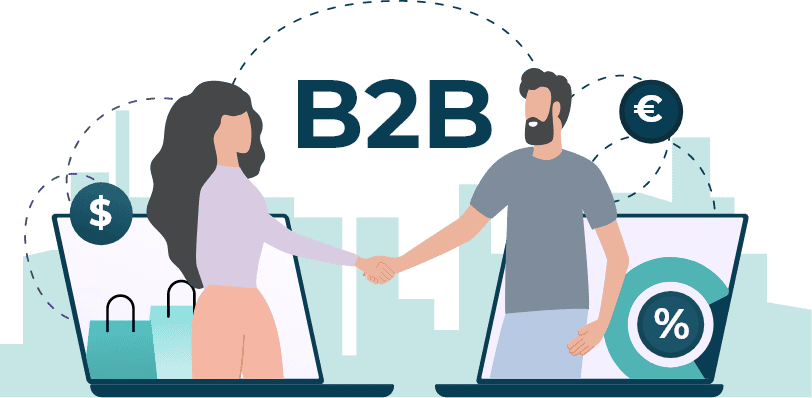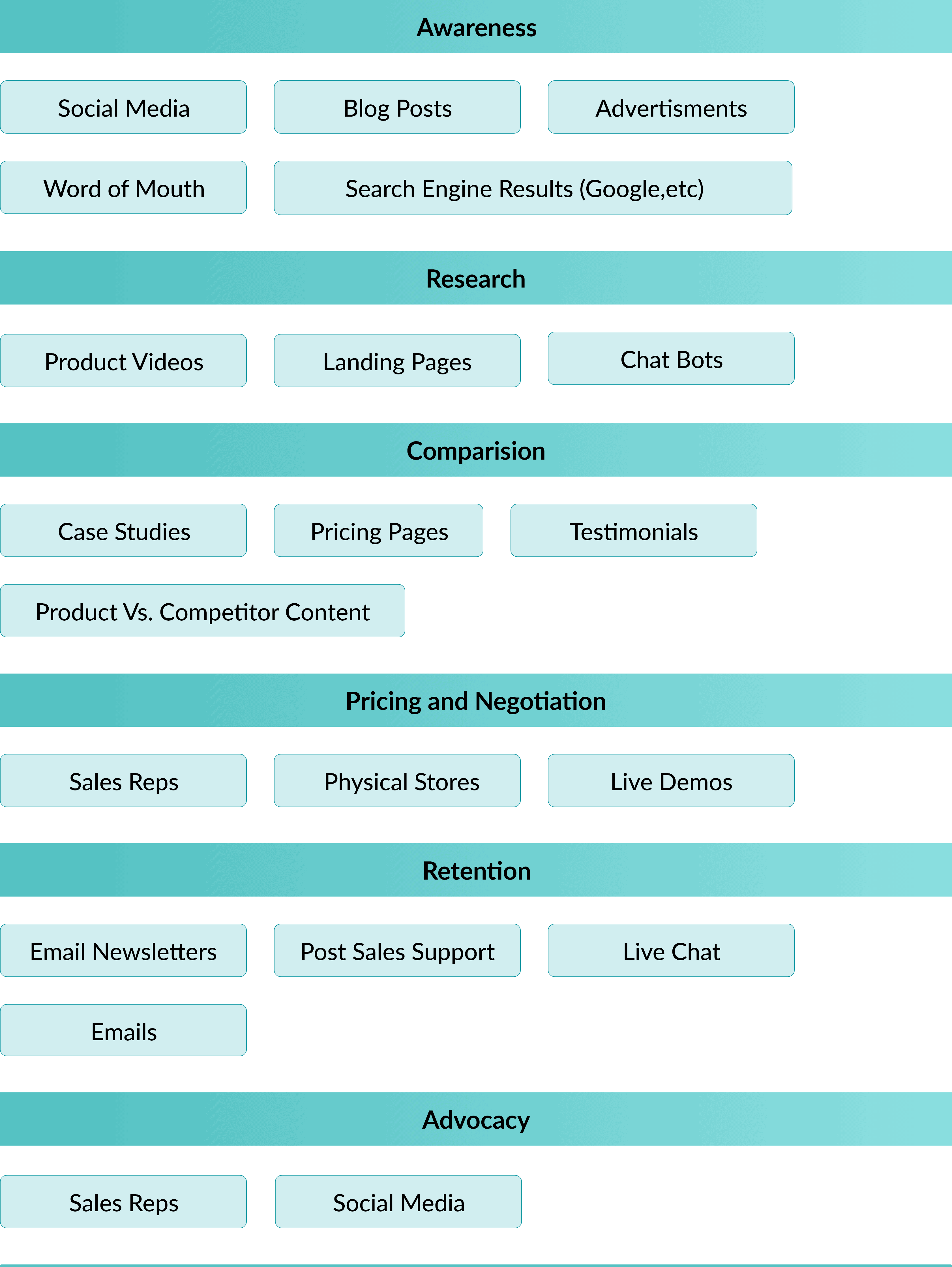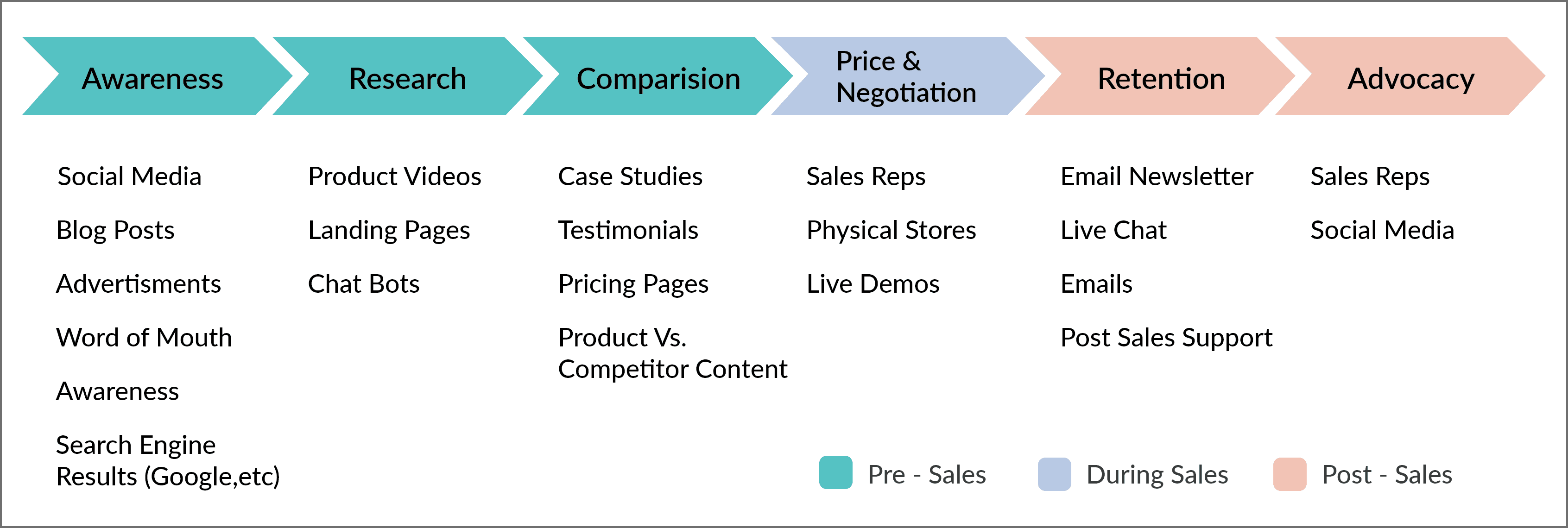
By 2025, 80% of B2B sales interaction is expected to occur digitally.
Where does that leave the industry? According to a report by Gartner, the industry has been shifting towards a buyer-centric, digital model. In other words, like B2C, the customer and their experience are starting to take the front seat. This leaves us with one question: What can B2B companies do to stay ahead?
The answer? B2B customer journey mapping.
So far, the idea of mapping a customer’s journey and refining their experience has been common in B2C. However, with the increasing need for digital presence and changing B2B buyer behaviors, businesses selling to businesses also have to adopt a customer-centric approach.
But what is the customer journey? Simply put, it is a map of how and when a customer interacts with the company. Businesses use this to understand and analyze the different touchpoints they can access. You can use this map to determine how a customer interacts with your company before, during, and after buying from you.
The pre-, during, and post-sales stages can be further divided into multiple steps: awareness, research, comparison, pricing and negotiation, retention, and advocacy.
The awareness stage is when the ICP hears about your brand for the first time. This can be through word of mouth, targeted ads, social media feeds, Google searches, or maybe even cold outreach.
The research stage is when the prospect is looking for information about you and your solutions and considering your product as a potential solution. You can provide accurate information about your products and features through product videos, demos, etc.
A buyer will never look up a product and buy it. Often, the B2B buying process involves shortlisting products and comparing them for a clear, logical choice. The comparison stage is high-risk—your customers can easily fall off the map. Provide and highlight your unique selling point, use case studies, and make your product stand out against the competitors to help your prospects move to the next stage.
During the sales stage, keep your pricing clear and your sales team on point. This is the part where the final decision is made. Build on your USP, create a positive relationship, and use other sales tactics to win the deal.
While the buyer journey ends at buying the product (as the name suggests), the customer journey involves post-sales as well. Retaining clients and reducing churn can increase ROI. Foster trust, look for feedback and reward customer loyalty.
At this point, your client will do your marketer’s job. Customers with high satisfaction and loyalty will recommend your products to others, advocating for your business. Offer referral bonuses and special deals, and look for testimonials or case studies.
The exact stages of your customer journey map may differ. For example, the SaaS customer journey map may include a whole new step called On-boarding. However, you can use these stages as the starting point for research on B2B customer journeys.
How you approach touchpoints can make or break your ROI. Touchpoints are the exact places where your customers come in contact with you. This can look like filling in a form on your website, reading your LinkedIn post, or contacting your sales rep.
Understanding which touchpoint is used at what stage will allow you to personalize the experience. The better the experience, the better the chances of retention and advocacy.

The B2C industry has already embraced conducting customer journey mapping and has seen incredible results. The argument that B2B is not customer-centric is no longer valid. B2B buyers are increasingly looking for personalized experiences that cater to their needs. They have also moved to the digital space.
In other words, they make most of their decisions based on the business’s online presence and content. The more the buyers move into the digital space, the more complex their buying behaviors become. Understanding the already complex B2B relationships in the context of digitalization and buyer-centric space needs careful analysis.
According to Gartner, 80% of firms expect to compete based on customer experience. The B2B customer journey is slowly becoming important in the industry.
Here is an example of a map of the B2B customer journey. Keep in mind that this is a general map and should be customized for your niche.

While the B2B industry is moving towards a more digital approach, 82% of buyers still accept meetings from SDRs who reach out to them first.
Combine traditional B2B sales tactics with content marketing for the best results. You can use ReachStream to continue traditional B2B sales and generate targeted leads. And leverage other digital marketing strategies with CRMs, Google Analytics, etc.


Sign Up today for 100 free credits every month.
The six stages of the customer journey are Awareness, Research, Comparison, Pricing & Negotiation, Retention, and Advocacy.
It visualizes the path that a B2B buyer takes to search, consider, buy, renew, and maybe even advocate. while there are different ways of looking at this journey, the most common involves the six stages mentioned above.
Understanding the journey an average B2B buyer takes can help determine high-risk areas and other parts that require fine-tuning. Since relationships are central to the B2B buying process, having a smooth sales cycle will help with customer retention and reduce churn.
B2B journeys involve a complex decision-making process. while B2C journeys don’t necessarily include a salesperson, B2B journeys almost always include demo meetings, negotiations, and other processes that involve multiple decision-makers and a sales team.

By clicking Subscribe,you agree to ReachStream’s Privacy Policy and consent to receiving newsletters.